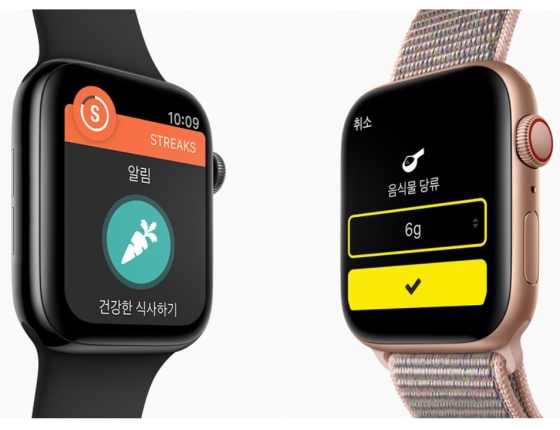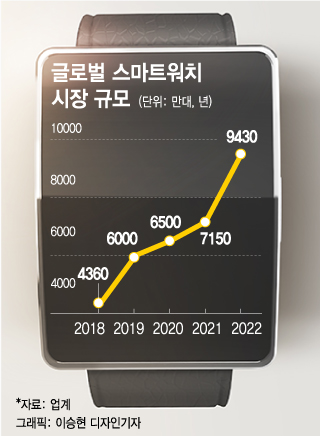Human trends seen through pedometers and smartwatches

All mankind in the agricultural society had to rely on hunting and gathering. I couldn’t eat it for the first time unless I found the right prey and caught it. It was a daily routine to starve for days, as it would have been a blessing to catch prey by running dozens of kilometers.

It’s very different these days. If you sit still and move your fingers a few times, everything will be solved. There is no reason to run, and you don’t have to walk. If you look at human history from such a long time frame, you can easily see how different modern people live from the past. So what changes have we seen in recent decades?

The paper I’m going to read today gathered together a study that analyzed device data that records movements (activity) like pedometers and smart watches from 1995 to 2017. It’s a systematic study, a meta-analytical paper. It is an analysis of how much people have moved over the past 20 years.

If you look at the steps people have taken according to the year, you can see the following: What kind of tendency do you see?

Yes, the more people came to the present day, the less men and women could walk.

As you can see from the above picture, there are far more studies that show that the steps have decreased than the studies that show that the steps have increased. Overall, the statistics show that in 2017, people walked an average of 1,118 steps less a day than in 1995. If you divide it by age group, it looks like the picture below.Not only adults but also teenagers and children have decreased their activities. Adults lost 10 to 16 steps and children lost 317 steps.The most decreasing age group was adolescents, but the youth did not walk 2,278 steps in 2017 compared to 1995.Twenty-two years is too short for human history. During such a short period of time, we humans have become difficult to walk. I pray that 2022 will be a more active and healthy year, physically, mentally and physically.Time trends in physical activity using wearable devices such as ●●●●●●● and Conger: A systematic review and meta-analyze of studies from 1995 to 2017. MSSE.